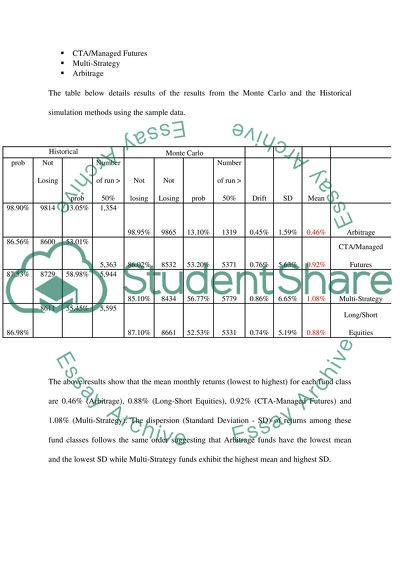Cite this document
(“Hededge funds Essay Example | Topics and Well Written Essays - 1750 words”, n.d.)
Retrieved from https://studentshare.org/environmental-studies/1405520-hededge-funds
Retrieved from https://studentshare.org/environmental-studies/1405520-hededge-funds
(Hededge Funds Essay Example | Topics and Well Written Essays - 1750 Words)
https://studentshare.org/environmental-studies/1405520-hededge-funds.
https://studentshare.org/environmental-studies/1405520-hededge-funds.
“Hededge Funds Essay Example | Topics and Well Written Essays - 1750 Words”, n.d. https://studentshare.org/environmental-studies/1405520-hededge-funds.


